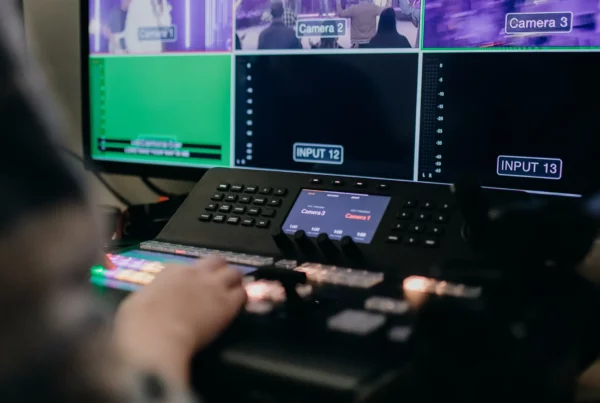So, the information age is dead, according to Inc.com. Journalists and social commentators know that Generation Z is the first generation to have been born during this digital age. However, studies show that Generation Z as well as the older generations are more interested in using social network platforms to be just that – social. While the information era may be dead, this is now the age of conversation, and journalists should leverage this change to their advantage.
The media has always been a step ahead of other industries. Journalists have been familiar with live recording as a result of years of breaking news and radio broadcasts. However, live streaming via all social networks simultaneously adds a layer of complexity. New journalists, social commentators and TV personalities should plan on how to react to impromptu on-camera moments as well as planned live streaming. Being prepared will allow them to improve their live on-screen conversations, hence inviting more loyal viewers.
Going LIVE: How to Get Ready

Also, while it may be tempting to memorize a script, professionals should focus on following a loose outline, including major points and facts to cover.
Even though Contentflow provides the ability to live-edit during live streaming, it does not hurt if the majority of the stream is usable, ready-to-go content.
Awkward Waiting Periods for New Journalists

For less experienced journalists, planning “fill-in” material ahead of time will help avoid awkward moments during the live stream. This material can consist of a description of their physical surroundings, reiterated background information, the significance of the conference or interview and new facts. Additionally, journalists can use waiting periods as a good time to answer questions from the tuned-in live stream audience.
Live Streaming Interview Mode for Journalists
New journalists should set the tone for their live stream by warming up the interviewee before going live. While live streams can edited, interviewers cannot change the tone of an interview.
Prepping the interviewee for having a real-time conversation should help with developing trust and transparency. Journalists can do the following to help featured guests prepare:
- Do a quick-round of questions offline
- Give insider insight on the audience’s interests and expectations
- Create a comfortable, professional environment (coffee, water, comfortable seating or quiet area to go live).
Repetition and Correction

While it takes time for journalists to be comfortable in their own skin and develop strong media wits to perform exceptionally well during a live airing, they can accelerate the learning curve by being prepared. As their confidence develops, so will their live stream talent.







 This project has received funding from the European Union’s Horizon 2020 research and innovation programme under grant agreement No 876239, 959379 & 965502.
This project has received funding from the European Union’s Horizon 2020 research and innovation programme under grant agreement No 876239, 959379 & 965502.
